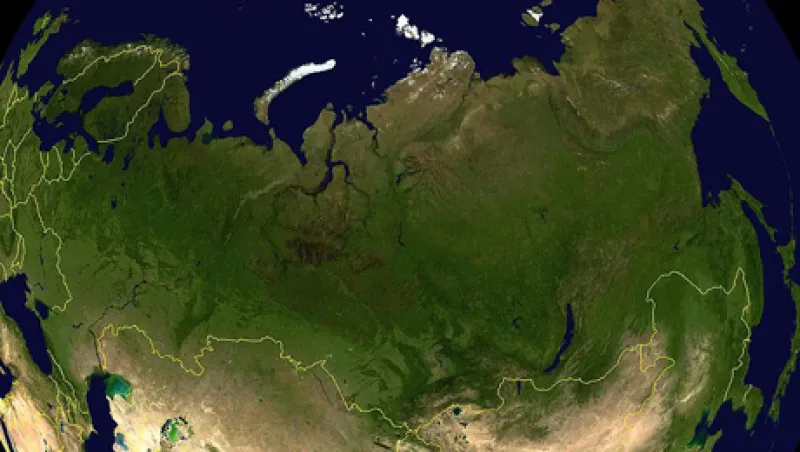Earlier this month, we learned that Russia would be launching a new sovereign fund... to replace two of its existing sovereign wealth funds, which, you’ll recall, originally replaced a now defunct sovereign fund... which itself was only set up in 2004. Confused? Me too. So let’s pause here for a bit of history and context.
In 1998, Russia had a major financial crisis. And, as was the case with the Asian financial crisis of 1997, the Russian crisis served as the policy “spark” that led to reserve accumulation (although the huge inflows of resource revenues were probably as big a driver as the 1998 crisis). Anyway, once reserves got to a certain point that many viewed the country as having ‘excess reserves” in 2004, the government launched the Stabilization Fund for the Russian Government. This fund continued until 2008, at which point it was broken up into two separate funds to facilitate clarity of focus: the National Wealth Fund and the Reserve Fund. Both funds remained under the purview of the Ministry of Finance, but the NWF was focused on meeting future pension liabilities, while the RF was to buffer the state from volatile commodity flows.
Both of these new SWFs have been managed quite conservatively. The National Wealth Fund is eligible to invest upwards of 50% of its assets in “Equities of legal entities and shares of investment funds”. But, to date, it’s used 0% of that allocation and has 90% of the assets in debt securities of foreign states with 10% in bank deposits. As for the reserve fund, it has a much more conservative mandate than the NWF and keeps 100% of its assets in Debt securities of foreign governments.
(Interestingly the conservative nature of these two SWFs led to the launch of yet another Russian SWF last year: The Russian Direct Investment Fund, which is a government-owned co-investment vehicle to catalyze investments in Russian private equities. This vehicle has (seemingly) been a big enough success to warrant the Russian government to announce, yesterday, that it will be adding $8 billion to its Russian Direct Investment Fund.)
Anyway, let’s get back to the original story: The Russian Government has plans to replace the NWF and the RF with a new sovereign fund: the Federal Financial Agency, which will have $150 billion in AUM. What’s the motivation? It seems the focus will be on professionalizing the asset management. Here’s a blurb from Russian Finance Minister Anton Siluanov:
“This agency will be staffed with top-notch managers, experienced in financial markets...It will be for them to determine the most effective way to invest the funds held by our Reserve and Welfare Funds in the most effective fashion, be it domestically or on the international market.”
There are even rumors that former Deutsche Bank CEO Josef Ackerman will run the new agency.
Still, the FFA’s investment strategy will remain conservative relative to its peers in other countries (e.g. China Investment Corporation or Qatar Investment Authority), as it will only have 15-20% of its assets to be invested in equities. But the fund will still be much more aggressive than it has been:
“The range of instruments the fund can be invested in will be substantially enlarged in scope to get higher revenues from these investments, while at the same time retaining sufficient stability of those investments.”
It will be very interesting to see how Russia’s sovereign funds continue to evolve. Watch this space...






